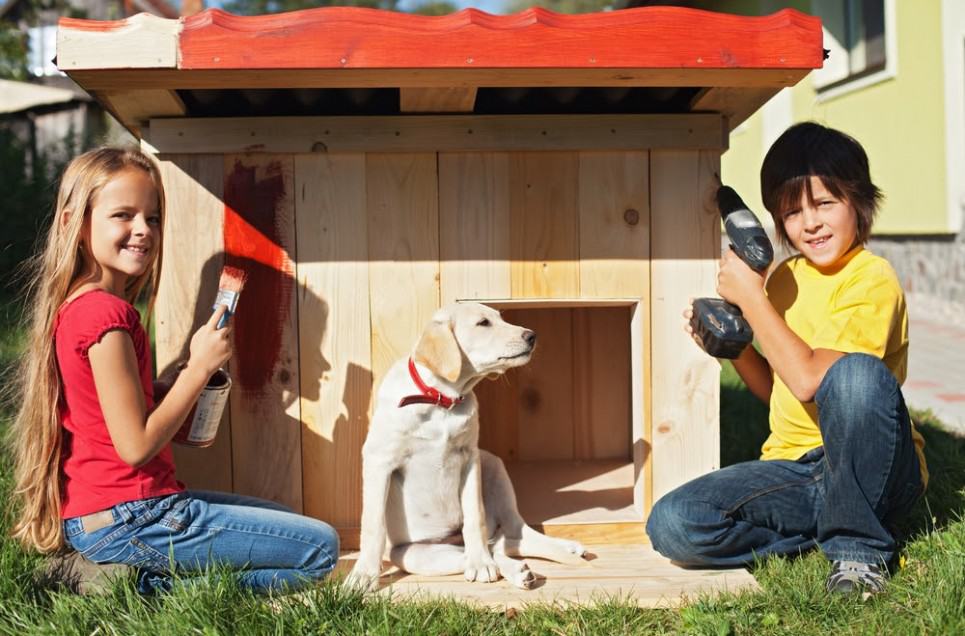Our dogs are family – they love us unconditionally, and we return the favor. That means we dote on them, even when they chew up our designer shoes or refuse to go outside because it rained three hours ago. After all, they are probably wondering how we can let their paws get wet?
If you are like many pet owners, you might want to build a dog house for your sweet pooch, so we’re going to show you exactly how to do so in just a day or two! The best part is you can build a dog house for as little as $70! Of course, you can spend a few hundred more on your furry companion. It all depends on the size, features, and type of material you choose.

The Process Of Building Your Dog House
Please keep in mind that while DIY dog houses are a fun treat for your puppy, you do need to make sure to take all necessary precautions to protect them from hot or cold weather by providing shelter indoors as well. Dog houses can also be supplied with electricity for fans, air conditioners, and warming lamps for additional comfort.
Think about where to place the dog house as well: for example, raise the doghouse to stay warm and dry, and set the house in the shade, so it doesn’t get too hot in the summer. If the dog house doesn’t have adequate air circulation, consider purchasing and installing a solar exhaust fan to reduce humidity.






















